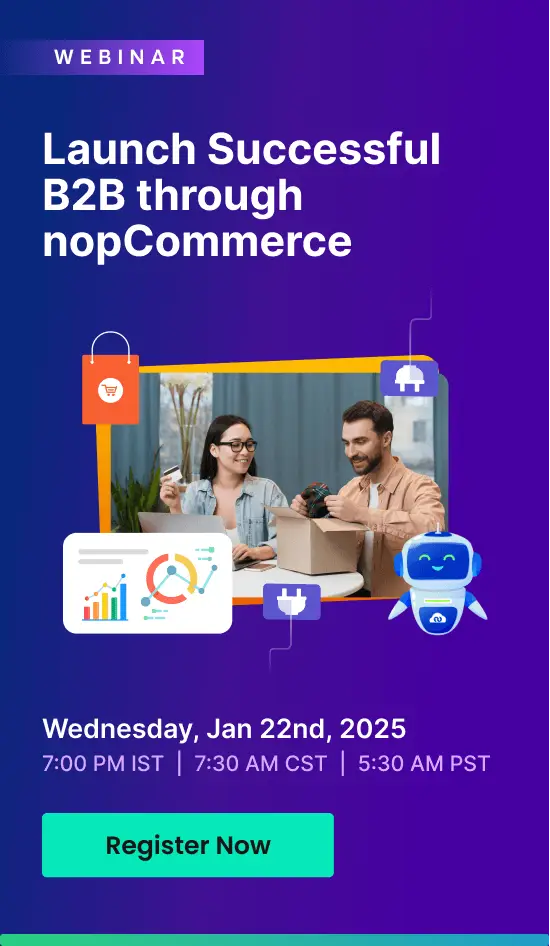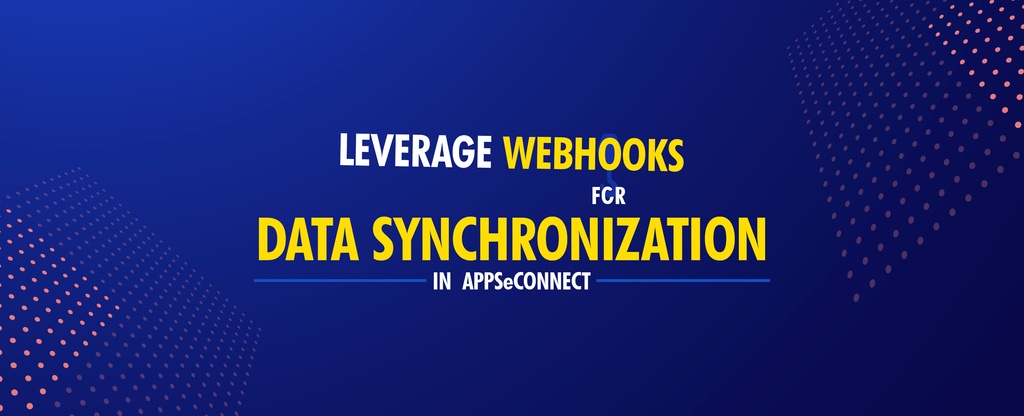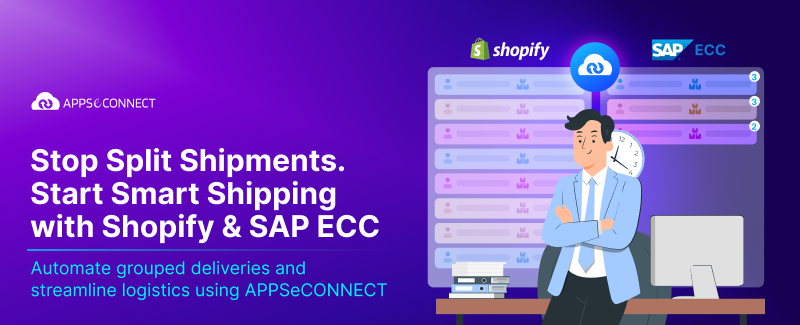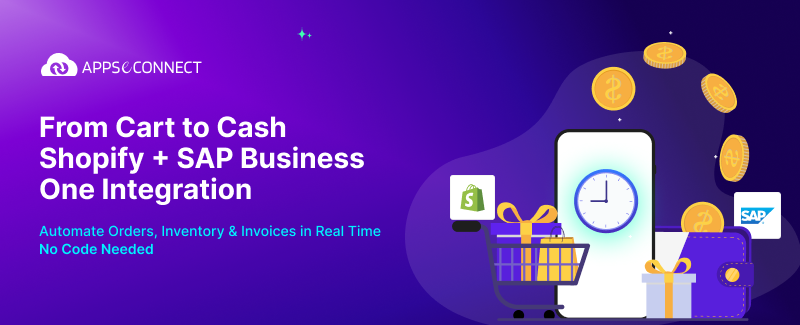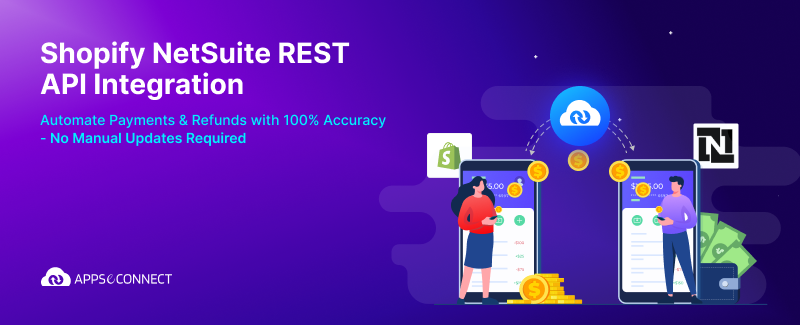Webhook in a web application, by definition, is an “HTTP callback” to which 3rd party apps (listeners) can subscribe. By “HTTP Callback” it simply means the communication that happens via HTTP protocol.
Keywords that are used and their meaning:
1) Touchpoint: A unit of execution between the endpoints of two different Apps.
2) APPSeCONNECT Agent: Windows desktop application
Listener applications have an URL to which data is posted by the web application, whenever a certain event is raised in it. These events can range from simple database operations to complex business scenarios of the web application. Listeners simply listen to such data posting to the URL and can carry on their work with the posted data.
When the data transfer is supercritical and the business requires an immediate update on the business data, we must have a system where the data is immediately transferred to the other end as soon as the data is captured in the app. This is the case of Event-Driven Integrations using Webhooks!
Webhook can be used in integration scenarios between an E-Commerce platform and back-office applications which are disconnected from each other.
So, let’s talk about how APPSeCONNECT leverages Webhook to boost data integration between disconnected apps.
In APPSeCONNECT, Webhooks can be used in two different ways.
1) Direct communication
Direct Communication
As previously mentioned, there is a listener to a Webhook that is listening to a specific URL, one should have an HTTP Listener open on the URL. The URL must be publicly available for Webhook to work. The posted data are then handled by the HTTP Listener and eventually by APPSeCONNECT agent. From the user perspective, most of the heavy lifting is handled by APPSeCONNECT.
So how does that work?

Data is posted by the Webhook directly to client-server where APPSeCONNECT agent resides.
Details of what to configure in APPSeCONNECT agent
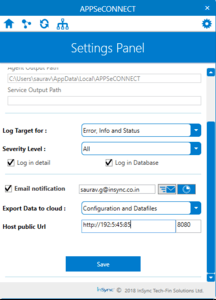
Host public URL provides the publicly available IP address and next text box represents the TCP port on which the Http Listener should be listening. IT team admin can simply set an inbound port rule to that port and that’s it.
Indirect Communication
In situations where opening a public IP to a local network isn’t agreeable for a user, APPSeCONNECT provides Indirect/Proxy communication for leveraging the usage of Webhook. In this case, neither a public IP is required nor a TCP port is required.
So how does that work then?

Data is posted by Webhook to an intermediate APPSeCONNECT web server where data is queued. These queues are read by APPSeCONNECT agent residing in a client system from APPSeCONNECT web server.
Details of what to configure in APPSeCONNECT web portal
- One has to provide the name for the proxy domain, which is unique for every organization in APPSeCONNECT
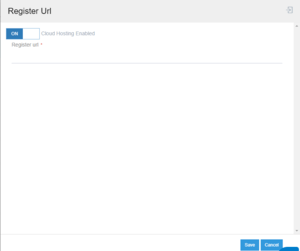
- Copy the Endpoint Url from the Touchpoint in APPSeCONNECT portal and provide it to the Webhook of the web application.

That’s it. You have successfully configured an indirect/proxy communication between Webhook and APPSeCONNECT.
Now, you can easily connect your line of business applications under one single platform to automate the business process!
You may also like:
Event Driven Integrations using Webhooks – Explained!
XML, JSON and CSV Data Formats: What does the Future look like?
10 Considerations Before Choosing Your iPaaS Solution



